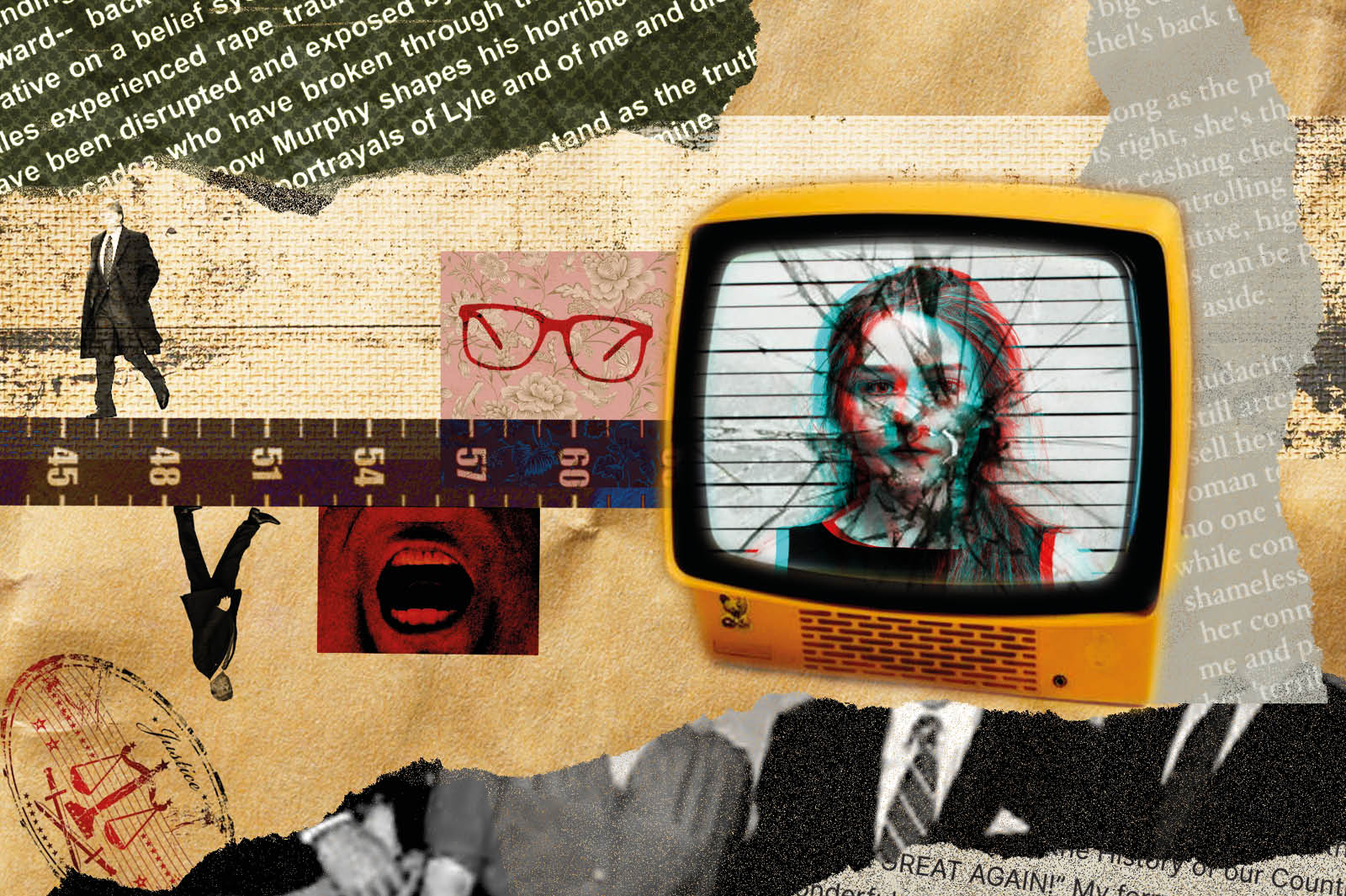Ever since I found out Santa Claus wasn’t real a year ago, the idea of him began to give me the creeps. Who is this immortal jolly elf, and what does his business of breaking and entering once a year even have to do with Jesus’s birthday, or even St Nicholas?
Christmas is a season of traditions, both personal and religious. Each year, its celebrants decorate their gingerbread houses, wrap their presents, decorate their fir trees, drink their eggnog and see Santa Claus at the mall. Some people even go to church.
If you’ve ever wondered what the traditions (the trees, the chubby man in the red party suit) have to do with Christmas, then the podcast Christmas Past should be your new seasonal staple, especially if you miss old radio. It’s a cracker. And you can listen to it with kids. Each episode is approximately 10 minutes long, and the host, Brian Earl, will give advance warnings about episodes that aren’t child appropriate, i.e. the ones about Santa Claus.
‘It’s really hard to tell what’s historical and what’s legend,’ said Bruce Forbes, world class Claus expert and author of Christmas: A Candid History. What we know for sure is that the sainted Claus lived in Turkey in the 300s AD and was a bishop. He’s also the patron saint of pawnbrokers. The legends are more fun, like when St Nick was at the Nicaean Council and knocked out Arias (who was being naughty). Another tale identifies Nick as a wealthy man who pledged to rid himself of his money. When he overheard a man explaining to his tearful daughters that they would have to become either prostitutes or slaves because he couldn’t afford a dowry, Nick went by their house nightly to anonymously drop gold in stockings hanging out to dry.
Not surprisingly, St Nicholas became an extremely popular saint. Merchants from Venice and Bari raced against each other to Turkey to collect his bones for a basilica as if they were competing for the moon. And as Christianity spread from the Middle East throughout Europe, St Nicholas Day on December 5 became a favorite holiday.
Nuns in France, Earl says, are perhaps the ones who started the gift-giving trend, leaving candy and presents for poor children on the eve of the holiday. Later on, St Nicholas Markets opened. Nick was popular with pagans too. His myths reminded the Scandinavians of the Norse god Odin, a white-bearded protector who welcomed in the winter solstice by riding a white horse across the night sky.
St Nicholas became Santa Claus after taking on a sack load of folklore and legends from around the world. In the 16th century, the Protestant reformers rejected devoting days to saints. But because St Nicholas Day was so popular, they combined his holiday with Jesus’s birthday, just 20 days later. The Kristkind, or ‘Christ child’, was enlisted to help deliver the presents. In the Netherlands, however, the job is still done by ‘Sinter Claus’, a translation of St Nick, delivering the gifts solo. The Anglo Santa, who works with elves but also delivers solo, was born in 1616, the year of Shakespeare’s death, in Ben Jonson’s royal entertainment Christmas, His Masque.
By 1809, according to Earl, our modern Santa was taking shape with Washington Irving’s satire A History of New York, in which Santa navigates a flying wagon on New Year’s Eve from house to house, dropping through chimneys to stuff stockings. Twelve years later, Clement Clarke Moore’s poem ‘A Visit from St Nicholas (‘’Twas the night before Christmas…’) changed the date of Santa’s annual star turn to Christmas Eve. Not long after that, in 1863, the German immigrant Thomas Nast depicted Santa visiting a Union Army camp and working in the North Pole with his elves in what would become his trademark red coat.
But the North Pole isn’t the only place to find Santa. Earl devotes an episode to department-store Santas. After all, the gig employs more than 10,000 people a year. The Charles W. Howard Santa Claus School has been training department store Santas since 1937 and is responsible for the Santa Claus in the film Miracle on 34th Street. The tradition, in which kids either make their demands or scream in horror, began in Brockton, Massachusetts in 1890 at Edgar’s department store. The owner himself played Santa, and the attraction pulled in people from Boston and Providence.
Each episode of Christmas Past contains a miniature history lesson, be it on the Eggnog Riot at West Point, how the Santa Claus tracker got started, or how in the 1880s a strand of eight Christmas lights cost $12, just a little less than the average weekly income. That’s why Grover Cleveland kept the first electrically lit White House Christmas tree to a sensible 100 lights.
Earl’s enthusiasm will ensure a renewed anticipation for Christmas, or at least give you fun facts to share if you find yourself without small talk at a holiday party. But really, some of St Nick’s stories might be more for Halloween, like the one when he’s almost tricked into eating the meat of murdered young boys. But I’ll let you find out how that turned out. (Like I said, don’t tell the kids.) Merry Christmas!
This article was originally published in The Spectator’s December 2020 US edition.

























